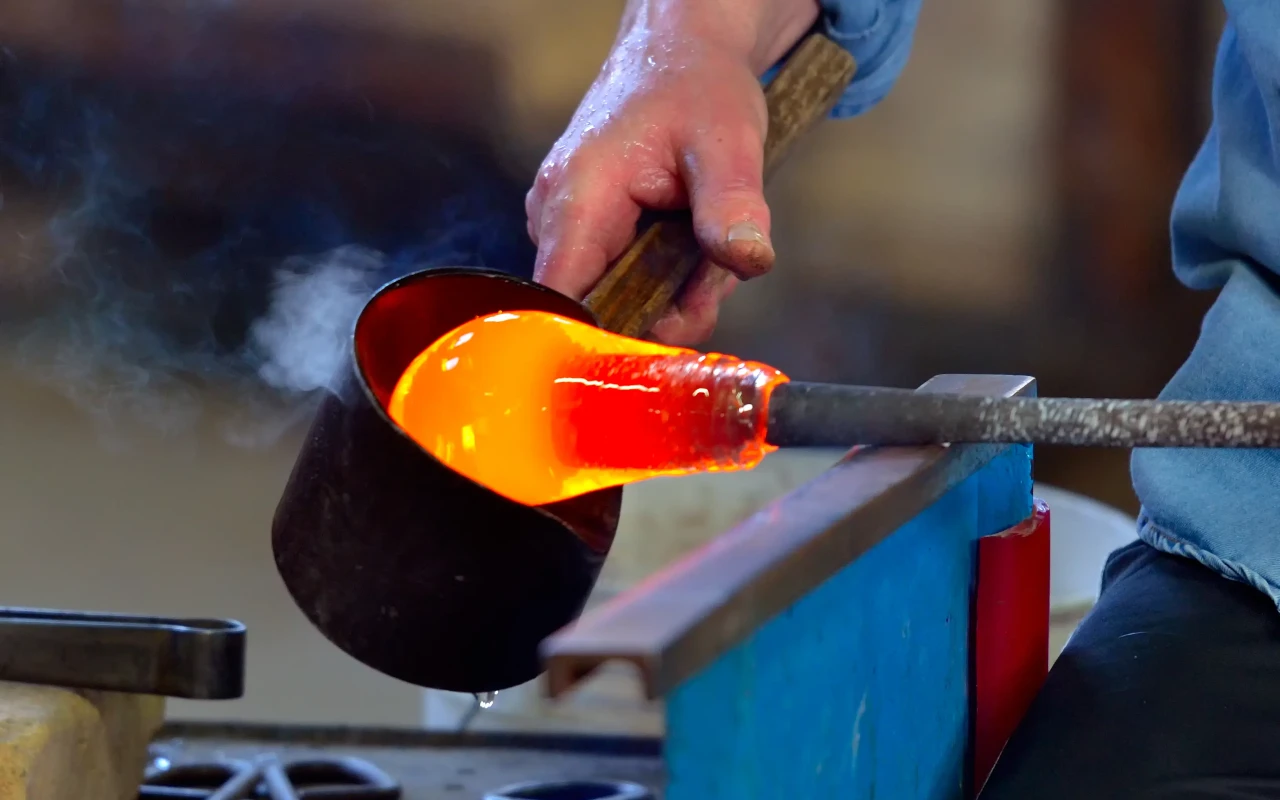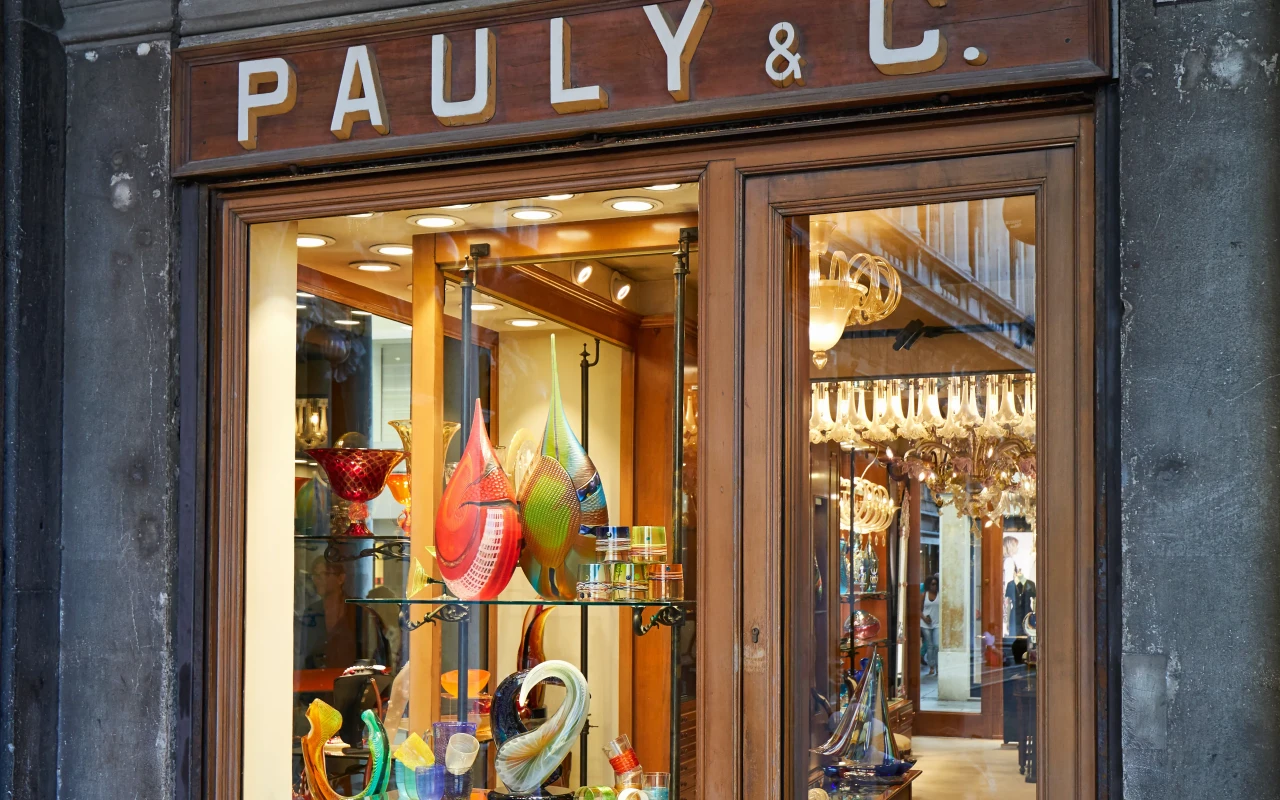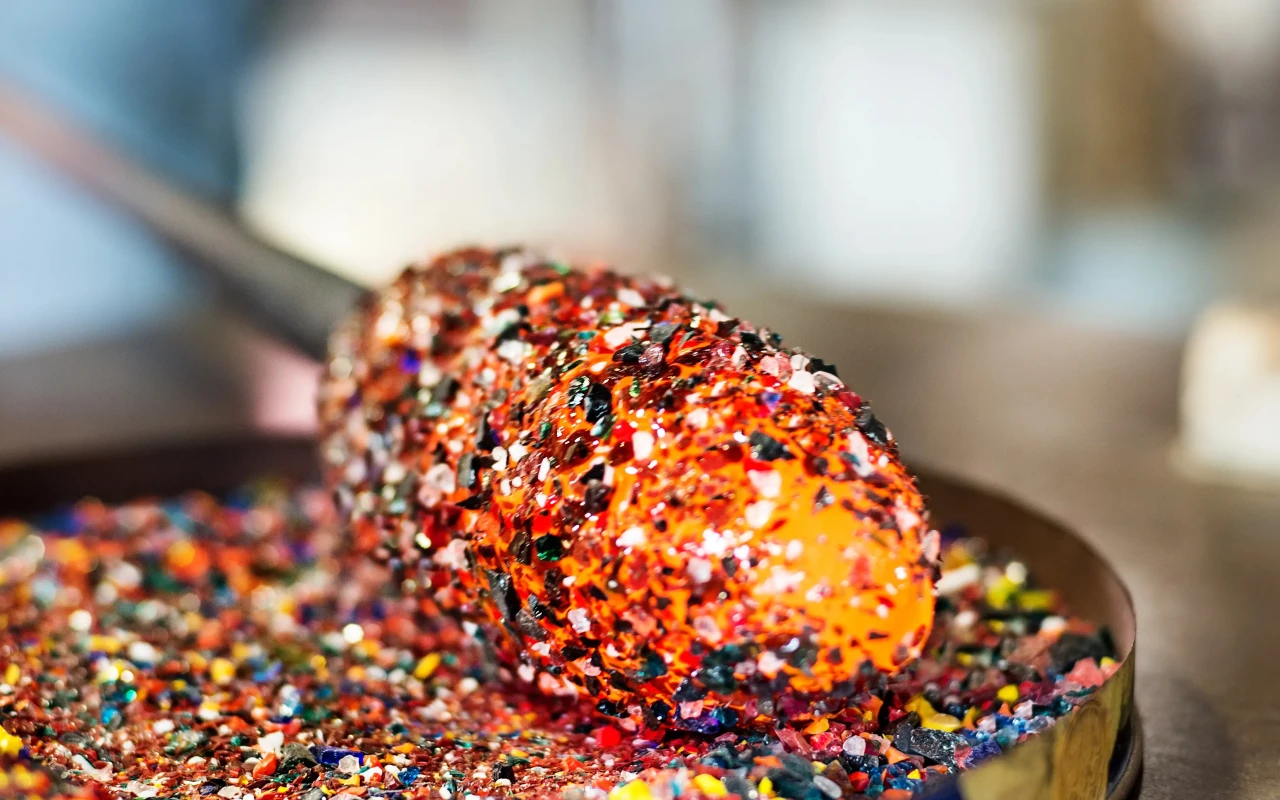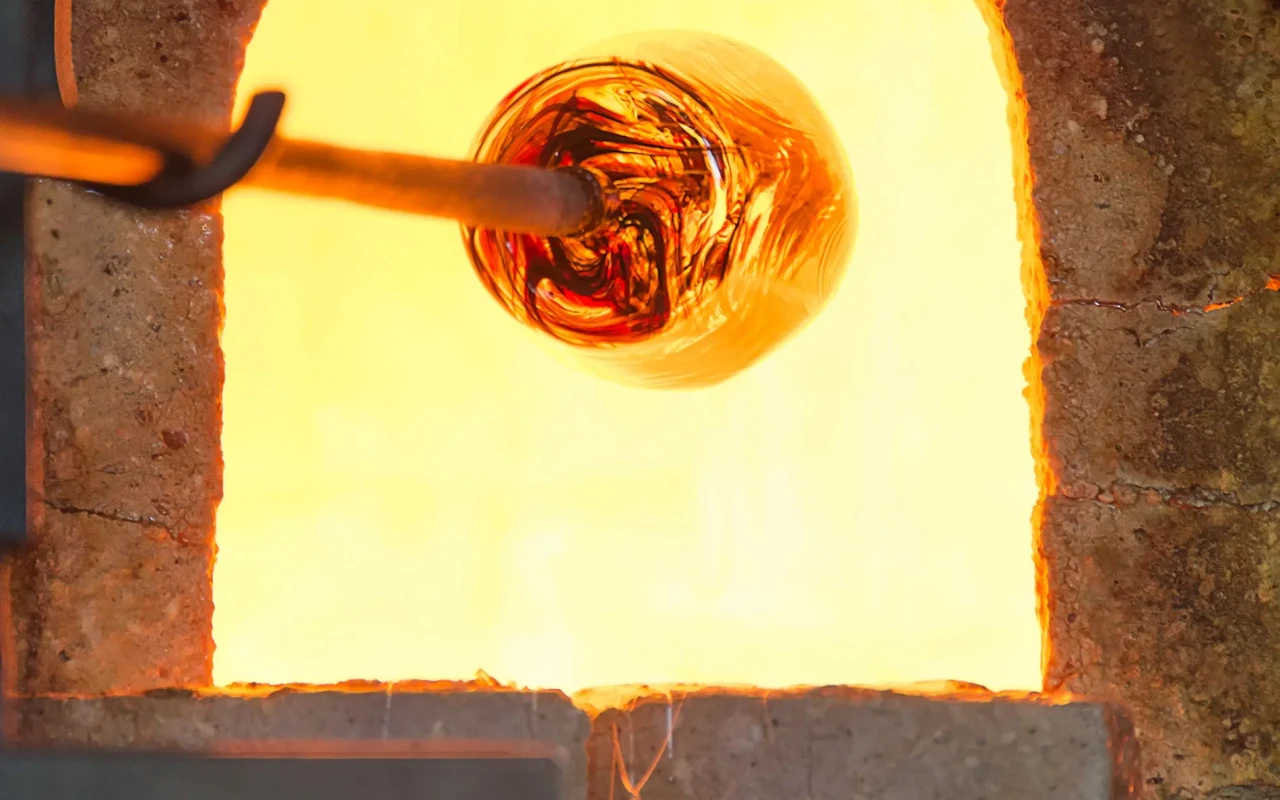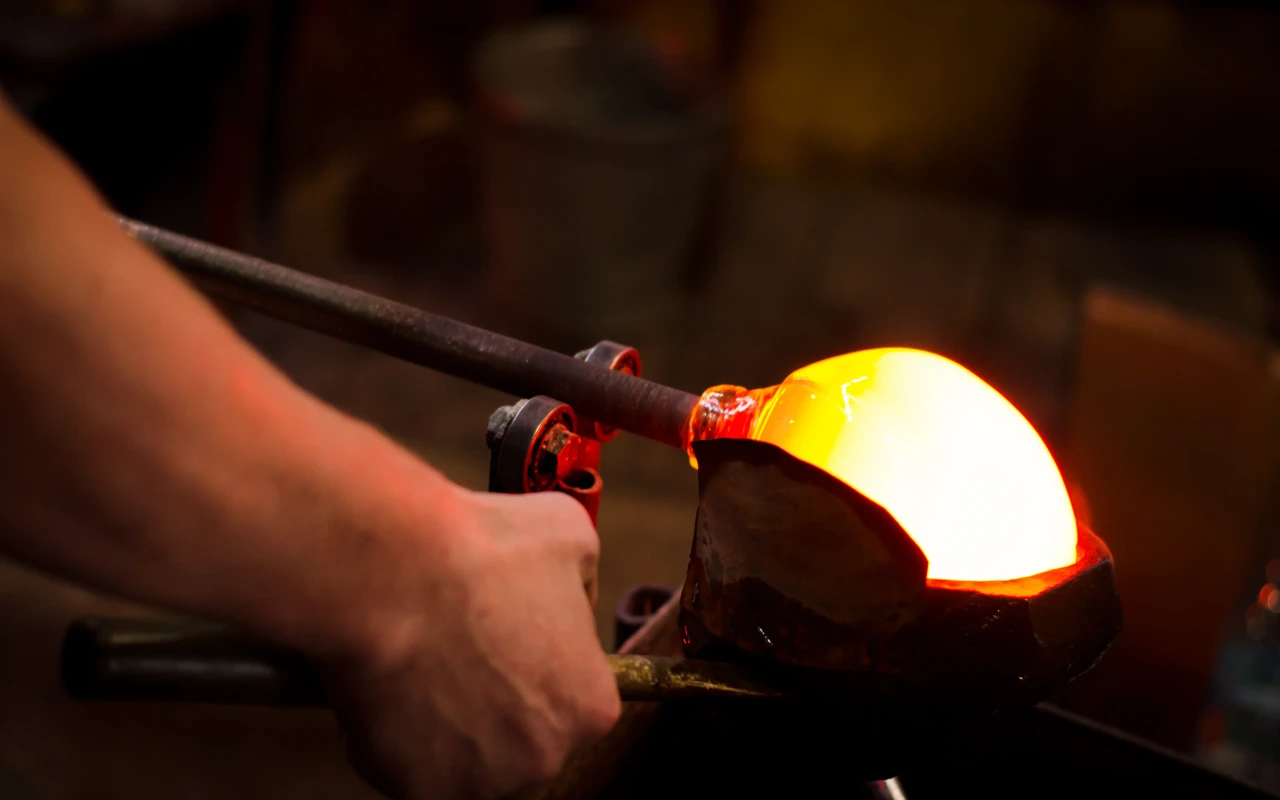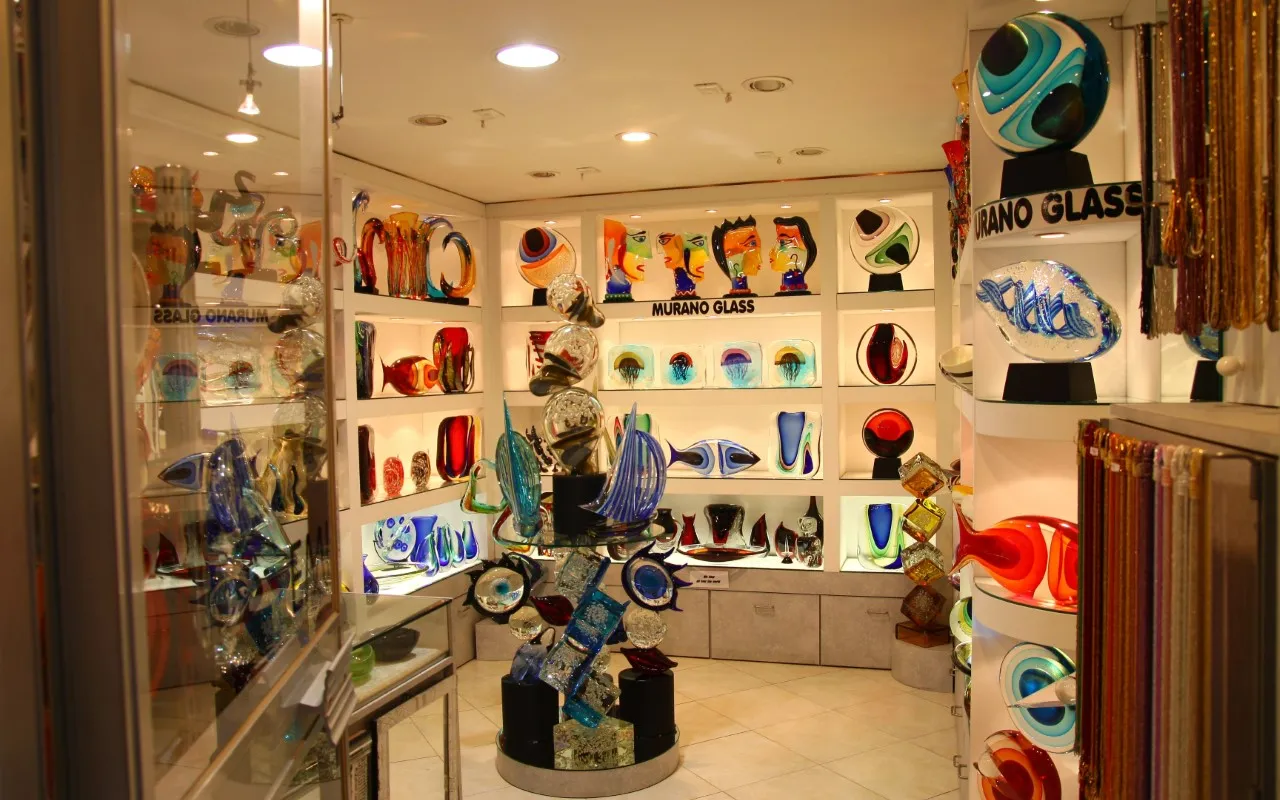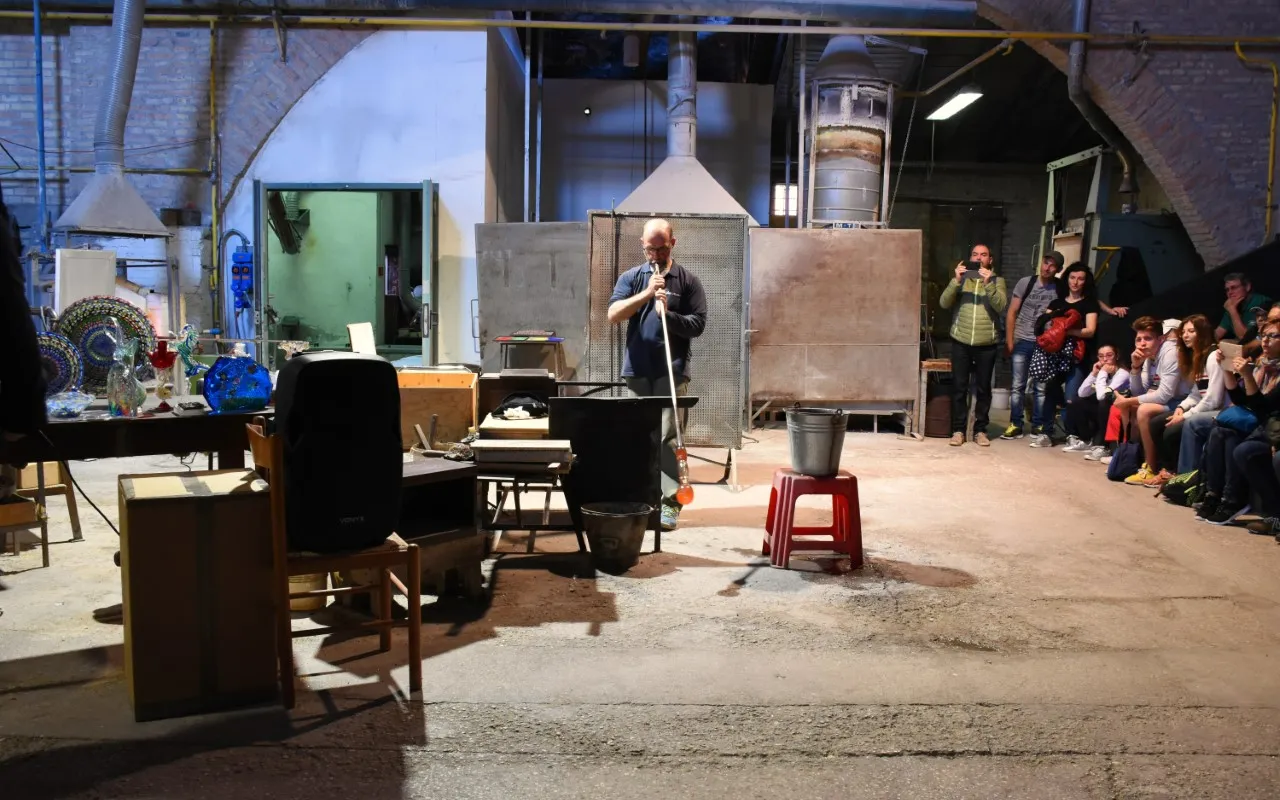Claim to Fame
The Murano Glass Museum is the world’s foremost institution dedicated to the history and craftsmanship of Venetian glass.
📌 Navigating Glass Shops of Murano : Answers to Frequently Asked Questions
- Washrooms: Accessible washroom facilities are available for visitors within the museum.
- Hours of Operation: The museum's hours vary, typically open from 10:00 am to 5:00 pm, but visitors should check in advance for any seasonal changes or special events.
- Important Information: The Murano Glass Museum is a premier destination to explore the rich history and artistry of glassmaking in Venice, offering a deep dive into the island's renowned glassmaking tradition.
- Admission Fee: Admission fees apply, with various ticket options available, including discounts for students, seniors, and groups.
- How Long to Visit: Visitors usually spend 1-2 hours exploring the museum's exhibits, which include historical pieces, contemporary works, and live glassblowing demonstrations.
- Parking: Parking is not available on Murano Island. Visitors typically reach the museum via water transport, such as a vaporetto, from Venice's main islands or the mainland.
- Family Friendly: The museum is family-friendly, offering an intriguing look at the art of glassmaking, which can captivate visitors of all ages.
- Photography: Photography may be allowed in certain areas of the museum, but it is best to check the museum's policy, as restrictions may apply, especially in exhibition rooms.
- WIFI: Public WIFI may be available within the museum, but connectivity can vary.
- Picnic Area: No picnic areas are available on the museum grounds, but visitors can find spots around the island or return to Venice for picnicking.
- Handicap Accessible: The Murano Glass Museum is accessible to visitors with disabilities, offering ramps and other facilities to ensure a comfortable visit.
- Pets: Pets are not typically allowed in the museum, except for service animals.
- Guided Tours: Guided tours are available, offering insights into the history of glassmaking in Murano, the museum's collections, and the techniques used in creating glass art.
- Restaurant or Cafe: There are no dining facilities inside the museum, but Murano Island has several restaurants and cafes nearby.
- Gift Shop: The museum's gift shop offers a variety of Murano glass products, from intricate artworks to jewelry and home decor items, showcasing the craftsmanship of local artisans.
Photos of Glass Shops of Murano
Located on the island of Murano, this museum showcases the dazzling artistry of glassmaking that made Venice famous across centuries. Housed in a former palace, the collection spans ancient Roman glass to contemporary works, highlighting Murano’s global legacy.
What to Expect
The museum is compact yet packed with luminous treasures — from chandeliers and mirrors to sculptures and goblets. You'll see tools of the trade, explanatory videos, and displays organized chronologically so you can watch techniques evolve over time.
Background and Cultural Context
Glassmaking moved to Murano in 1291 due to fire risks on the mainland. The island became a center of innovation, protected by strict guilds. Murano artisans guarded their secrets fiercely, and their craftsmanship was prized across Europe.
Best Time to Visit
Visit early in the morning to beat day-trippers. Pair your visit with a glassblowing demonstration nearby for a fuller experience.
How to Get There
Take Vaporetto Line 4.1 or 4.2 from Fondamente Nove or Line 3 from Piazzale Roma to Murano Museo. The museum is a short walk from the dock.
Photo Opportunities
Capture close-ups of ornate glass pieces, the museum’s canal-side entrance, and demonstrations in neighboring studios.
Travel Tips
- Buy a Venice Museum Pass if you plan to visit multiple sites — it includes this museum.
- Combine your trip with a visit to Murano’s shops or Basilica dei Santi Maria e Donato.
- Check the museum schedule for temporary exhibitions.
FAQs
Is it suitable for children?
Yes — the glass shapes and colors are fascinating for kids, though fragile items mean you’ll want to supervise closely.
Is photography allowed?
Yes, without flash.
Is it accessible?
Yes — the museum is wheelchair friendly.
Final Thoughts
The Murano Glass Museum is both a tribute to craftsmanship and a window into Venice’s economic and artistic past. Whether you’re an art lover, designer, or simply curious traveler, it’s a sparkling experience worth making time for.
